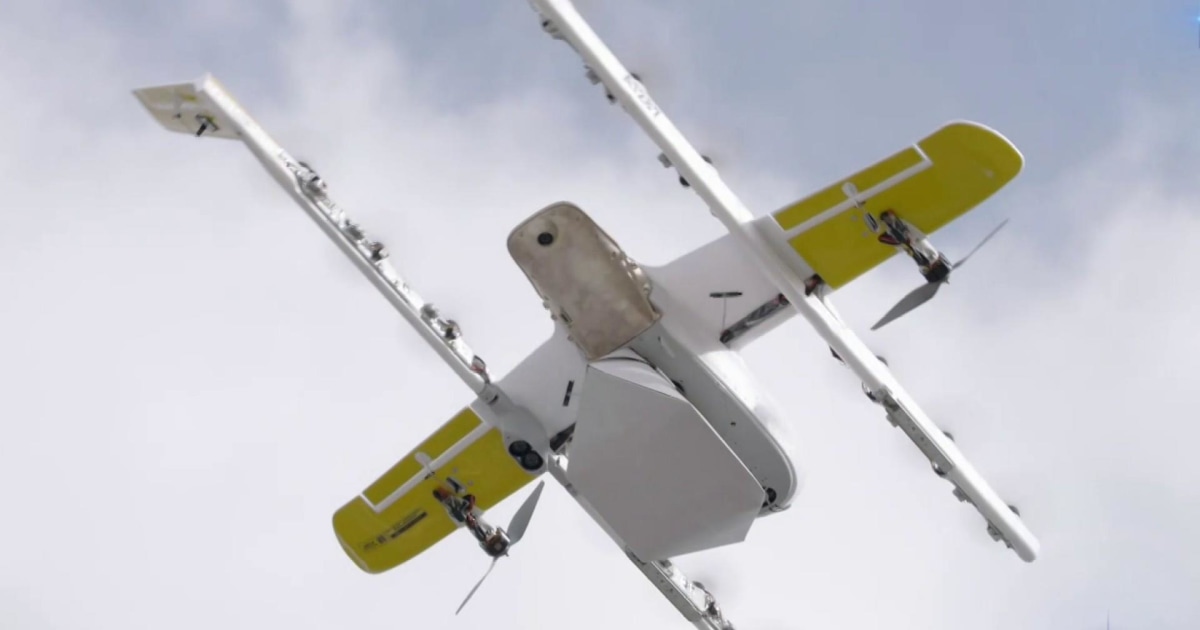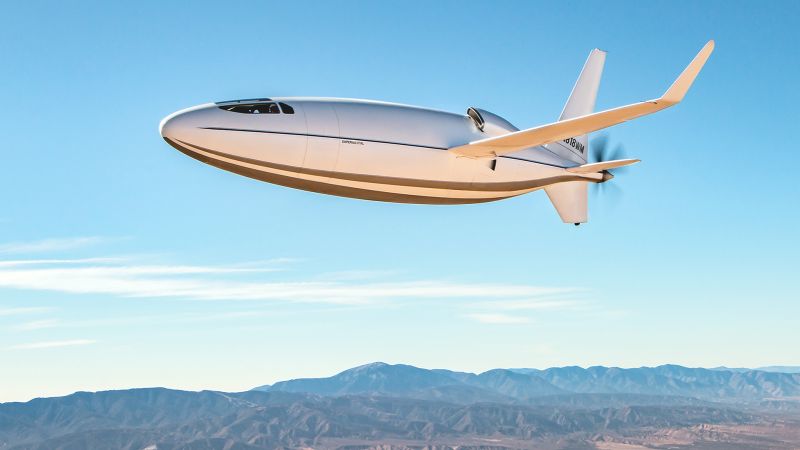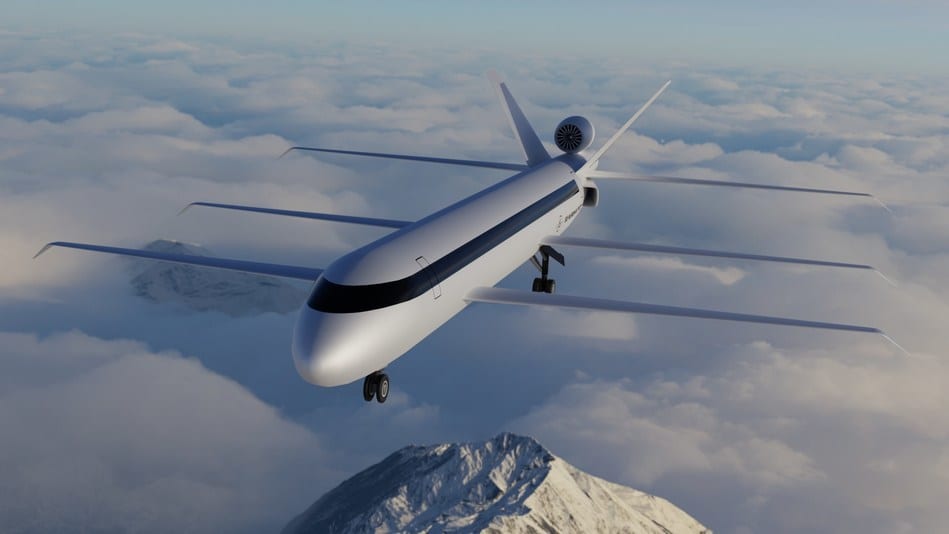We had a discussion around here awhile back about how electric propulsion would enable more efficient and smaller aircraft... green flight.
When I crunched the numbers a couple years ago, I worked out that an electric flying car could have similar energy usage per passenger mile to a ICE SUV. While flying is more energy intensive, lightweighting the aircraft, versus armoring the SUV (for collision survival) + the inefficiency of the ICE engine made it a wash. After all, a full 747 has a mileage per passenger better than a Prius, perhaps close to my 2015 Volt.
The latest entry is the Beta Technologies ' Alia-250' Electric EVTOL.
I've been following this tech pretty causally, and it is still evolving.
One approach is to scale up a quadcopter drone, like the EHang 184:
The problem with this is that it can't 'glide' or even autogyro in case of power failure (a chute is possible), low horizontal speeds and fairly high energy per mile consumption, limiting range.
For this reason, major Aerospace Cos have looked at designs like the tilt rotor Osprey (that has a poor safety record). Vertical takeoff and landing (VTOL), but flies like an airplane, for better range, safety and speed. The trick is in stability and control.
The nice thing about the Alia-250 is that they skipped the tilt rotor. They have 4 lifting rotors for VTOL, and a pusher prop with its own motor for horizontal flight (when the lifting rotors are locked forward for minimum drag). This greatly simplifies control and hardware, and seems very sensible to me. And it can glide to a landing without power if need be (but needs a runway or road).
Early plans are for high value point to point rural cargo (like medivac, some rush packages, etc).
I'm excited.
When I crunched the numbers a couple years ago, I worked out that an electric flying car could have similar energy usage per passenger mile to a ICE SUV. While flying is more energy intensive, lightweighting the aircraft, versus armoring the SUV (for collision survival) + the inefficiency of the ICE engine made it a wash. After all, a full 747 has a mileage per passenger better than a Prius, perhaps close to my 2015 Volt.

The latest entry is the Beta Technologies ' Alia-250' Electric EVTOL.
I've been following this tech pretty causally, and it is still evolving.
One approach is to scale up a quadcopter drone, like the EHang 184:
The problem with this is that it can't 'glide' or even autogyro in case of power failure (a chute is possible), low horizontal speeds and fairly high energy per mile consumption, limiting range.
For this reason, major Aerospace Cos have looked at designs like the tilt rotor Osprey (that has a poor safety record). Vertical takeoff and landing (VTOL), but flies like an airplane, for better range, safety and speed. The trick is in stability and control.
The nice thing about the Alia-250 is that they skipped the tilt rotor. They have 4 lifting rotors for VTOL, and a pusher prop with its own motor for horizontal flight (when the lifting rotors are locked forward for minimum drag). This greatly simplifies control and hardware, and seems very sensible to me. And it can glide to a landing without power if need be (but needs a runway or road).
Early plans are for high value point to point rural cargo (like medivac, some rush packages, etc).
I'm excited.







![[Hearth.com] The electric way to fly..... [Hearth.com] The electric way to fly.....](https://www.hearth.com/talk/data/attachments/283/283896-9a9c1232cd80d93dfe9dca7bed9e8290.jpg?hash=yekna6qfwV)